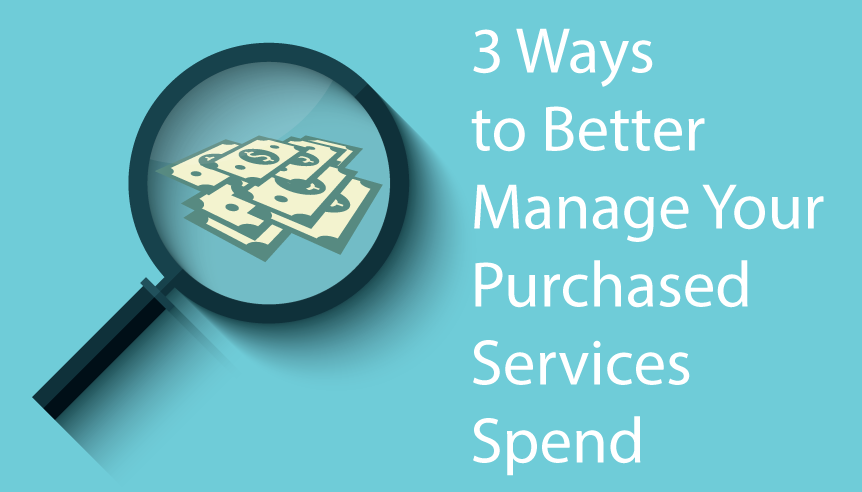
If you don’t know where you are, you’ll have a hard time getting where you need to be. For getting from one physical location to another, smart phones and GPS have largely made this problem a thing of the past, but it’s just as true for non-geographical things, such as financial goals. Hospitals are being asked to find opportunities to cut spending—but if you don’t know the current state of your spending, how will you know where you should start cutting costs?
What you need is a GPS for your spend management.
The State of Your Spending
There are many reasons why it’s hard to get a handle on your spending:
- Different departments or facilities within the same organization may have separate contracts with the same vendor, or may use multiple vendors for the same service.
- Different service areas have different contact people who don’t coordinate with each other.
- Different departments may have different policies and procedures for procurement, leading to inconsistency in purchasing activities (a good example is IT and HR departments).
By making the purchasing process more consistent and transparent, it’s a whole lot easier to identify trends, redundancies, and opportunities that can bring spending under control. Here are three ways to bring transparency to your spend management.
1. Gain Visibility
The information about your purchased services spending may be scattered across departments and facilities, or buried in multiple accounting tools, and may not even be recorded in the same way from one department to the next. Gather this far-flung data together and analyze it. By consolidating and standardizing the information, you can use analysis tools to compare spend across departments and facilities and identify your top vendors and spending categories. Knowing your spend better than your vendors gives you an advantage in negotiations.
2. Identify Savings
In your spend data, is the same vendor represented multiple times? Are you sourcing the same service through different vendors? Are different departments getting different prices for the same services? By having this information, you can take specific actions to reduce your spend and calculate your savings. Implement projects to consolidate vendors, reduce spending in specific categories, and standardize the procurement process.
3. Track Savings
Monitor the spend data every month and look for trends, identify rogue spending, and identify more opportunities to consolidate vendors. This enables you to negotiate more contracts and take advantage of volume pricing. By tracking the data over time, you can show senior management that you are making a difference by bringing spend management under control.
By following these steps to implement your “spend management GPS,” you will have greater insight in your spending and meet your cost-cutting goals. Valify has the tools to automate this process for you and benchmark your performance across the industry. When you know where you are and where you want to be, it’s a lot easier to get there.

